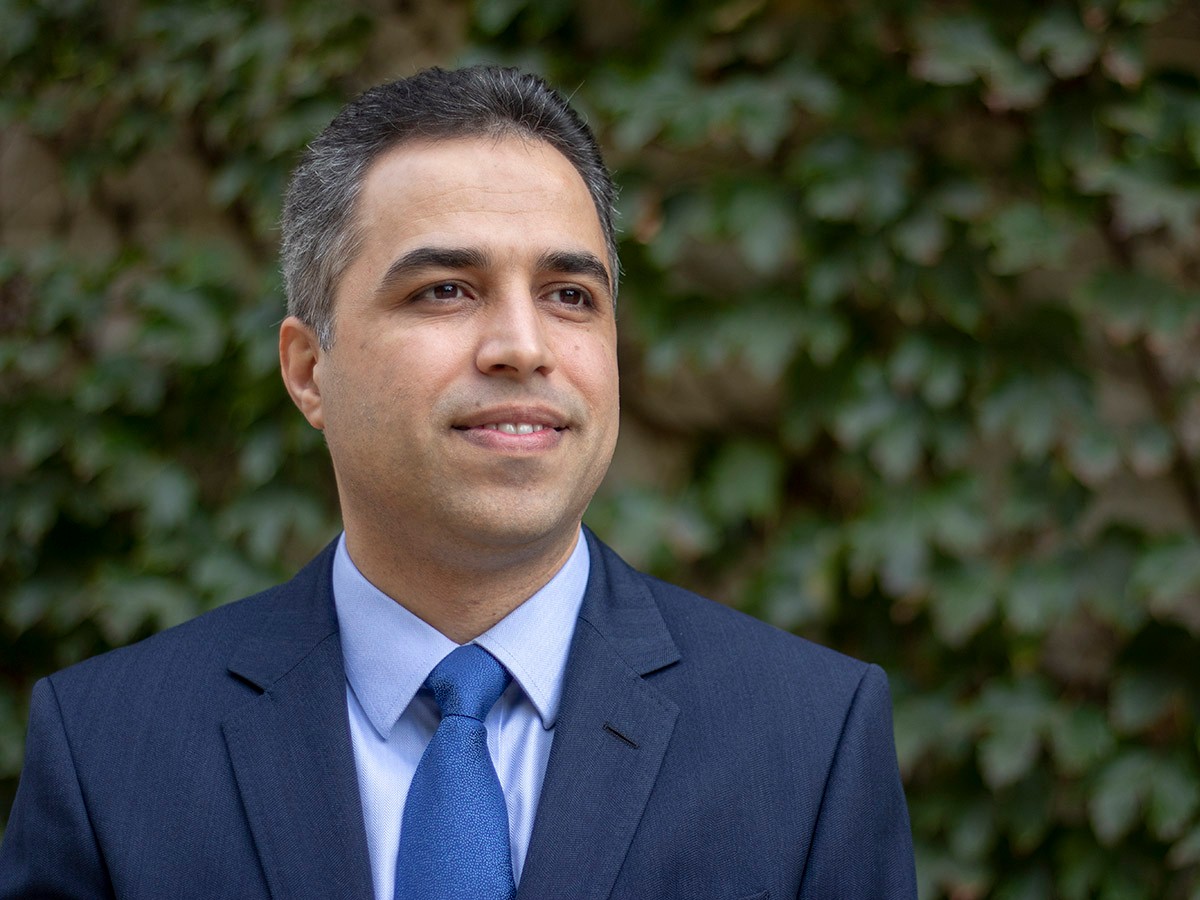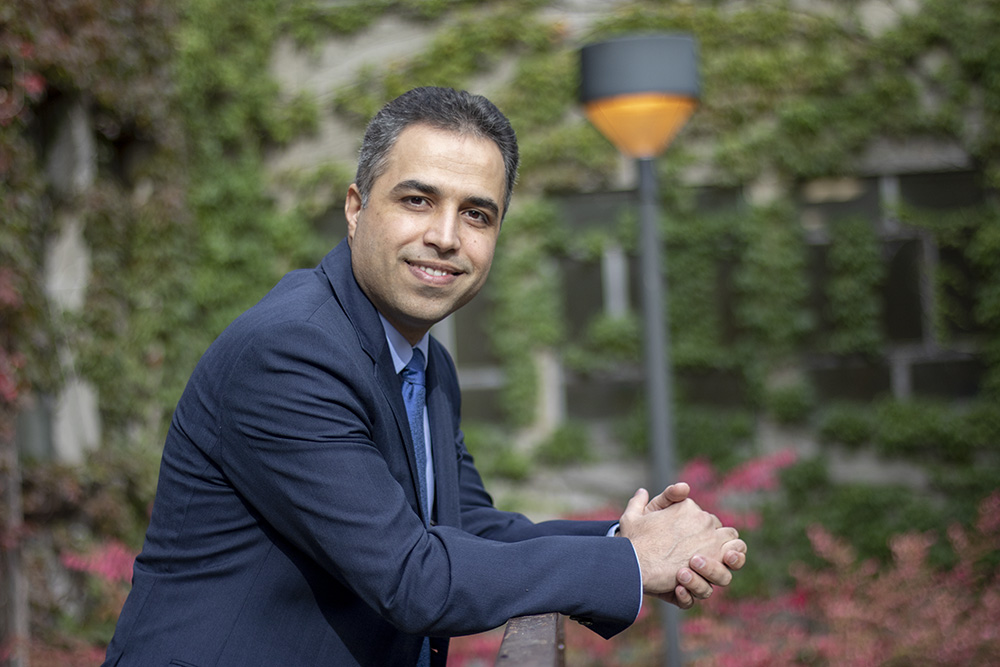Dr. Saber Moradi

Areas of Academic Interest
Structural and earthquake engineering
Analysis, design, and performance-based assessment of structures
Damage mitigation of buildings and bridges under natural hazards and extreme loading
Innovative systems and materials for sustainable and resilient infrastructure
Steel structures
Multi-criteria optimization and design of experiments
Finite element simulation and computational modeling
Education
| Year | University | Degree |
| 2017 | University of California Los Angeles | PostDoc |
| 2016 | University of British Columbia | PhD |
| 2010 | K.N. Toosi University of Technology | MSc |
| 2007 | Razi University | BSc |
Spotlight
Consider two things that don’t mix very well: earthquakes and cities. With 80% of the world’s population on track to live in urban centres by 2030, it is a priority to design buildings with a high degree of seismic resilience. Saber Moradi is contributing to this effort through computer simulations that evaluate the performance and design of structures like buildings.
“After an earthquake, a conventional building has to be evacuated for major repairs and may have to be demolished,” he says. “We are researching structures with new systems or materials that can resist earthquake loading and revert back to their original position without any major damage. There won’t even be a need to evacuate.”
Using software such as OpenSees and ANSYS, Moradi and his team create experimentally validated computer models for different components—such as beams, columns and bolts—to visualize and predict the response of structures. “We can see, when a load is applied, what’s happening to the structure and which design results in improved or optimized structural performance,” he says. “This will allow us to build safe structures and infrastructure that are resistant to natural hazards like earthquakes.”

“When I was in Grade 11, I experienced an earthquake for the first time. At that moment, I began to think about designing buildings that keep people safe.”
- Review of Self-Centering Rocking Systems for Earthquake-Resistant Building Structures: State of the Art (external link)
Journal of Building Engineering. 108607
Froozanfar, M, Moradi, S, Kianoush, R, Speicher, MS, Di Sarno, L
2024 - Artificial Neural Network-Based Predictive Tool for Modeling of Self-Centering Endplate Connections with SMA-Bolts (external link)
ASCE Journal of Structural Engineering (Special Issue). 148(12): 04022198
Nia, MM, Moradi, S
2022 - Predictive Equations and Continuum FE Models for Self-Centering Response of SMA-based Steel Beam-Column Connections with Steel Angles (external link)
Journal of Building Engineering. 43 (November): 102859
Ghannad, MMS, Nia, MM, Moradi, S
2021 - Effects of Design Factors on the Cyclic Response of Sloped RBS Moment Connections (external link)
Engineering Structures. 207 (March): 110228
Nia, MM, Moradi, S
2020 - Parameterized Fragility Functions for Controlled Rocking Steel Braced Frames (external link)
Engineering Structures. 176 (September): 254–264
Moradi, S, Burton, HV, Kumar, I
2018 - Seismic Performance of a Self-Centering Steel Moment Frame Building: From Component-Level Modeling to Economic Loss Assessment (external link)
Journal of Constructional Steel Research. 150: 129-140
Guan, X, Burton, HV, Moradi, S
2018
- Canadian Society for Civil Engineering (CSCE)
- Canadian Association for Earthquake Engineering (CAEE)
- Canadian Institute of Steel Construction (CISC)
- Associate member of the American Society of Civil Engineers (ASCE)
- CSCE Student Affairs committee member
- Reviewer for: Canadian Journal of Civil Engineering, Bulletin of Earthquake Engineering, Structures Journal, Engineering Structures Journal, Earthquakes and Structures, ASCE Journal of Structural Engineering, Transactions of the Canadian Society for Mechanical Engineering, Frontiers of Structural and Civil Engineering, Advances in Materials Science and Engineering, and Measurement.